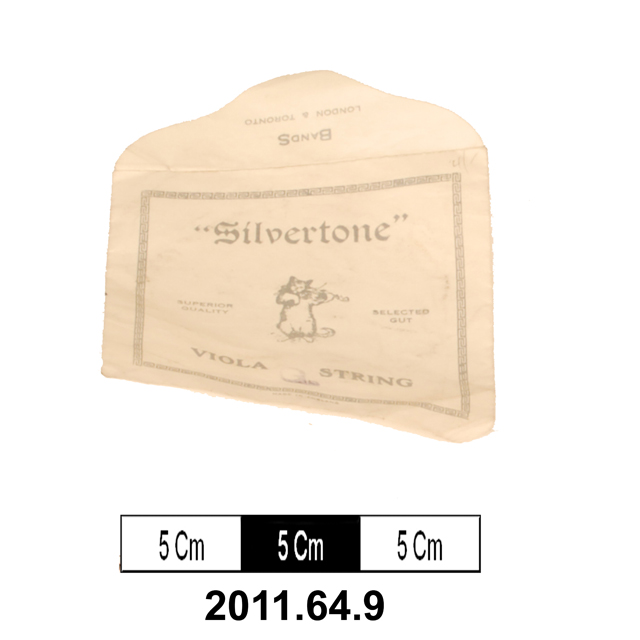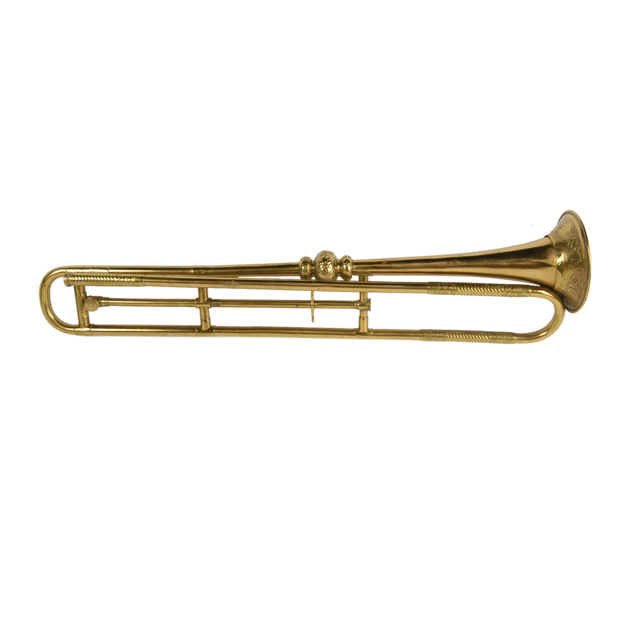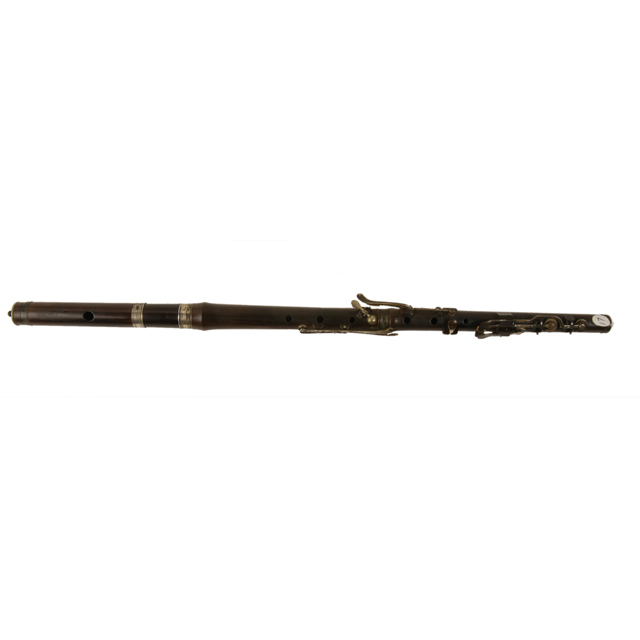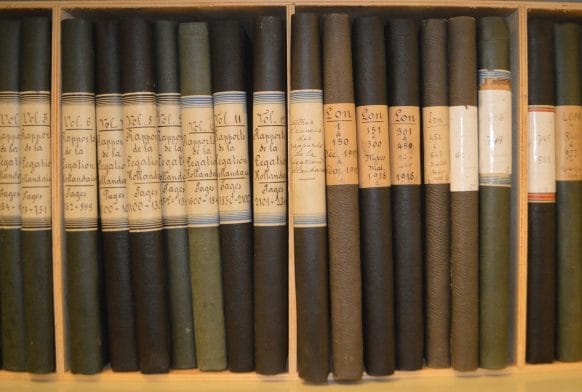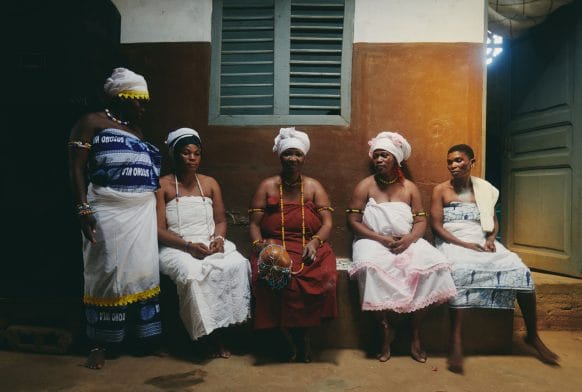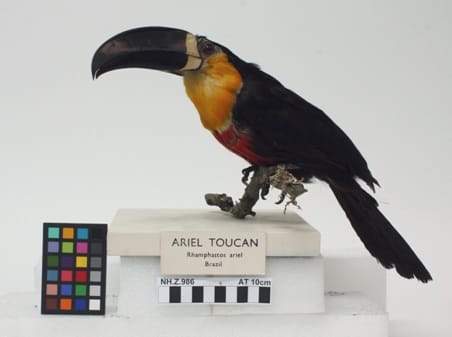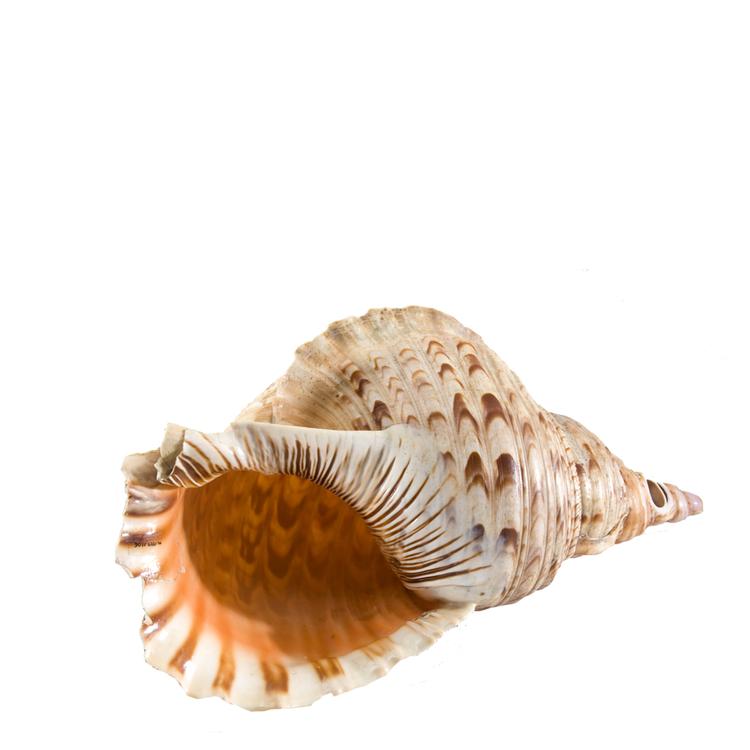
Trumpet made from a large shell, blown from the side.
This shell is the Charonia tritonis. A single hole has been drilled in the shell where the shell is solid. The hole is placed against the lips and blown using the same technique as for a brass instrument. The most common use of the conch is as a signalling device to announce a wide variety of both secular and religious events. At sea the conch is blown to ensure that divers on spear fishing drives work as a group. When a high chief dies in Fiji conch shells are blown continuously by relays of people in an unbroken signal from the time of death until the burial.
Air is blown through the mouth hole with pursed, vibrating lips, like other trumpets. The pitch can be varied by changing the position of the mouth or by placing a cupped hand over the open end. Shell trumpets in Fiji and other Polynesian islands were connected to gods, ancestors, and chiefs. They were used in war and in religious ceremonies, and also in everyday life such as to mark the opening of a fish market or at see to instruct divers. In Fiji, when a high-ranking chief dies these shell trumpets are blown continuously from the time of death until the burial.



